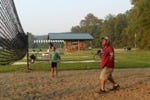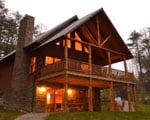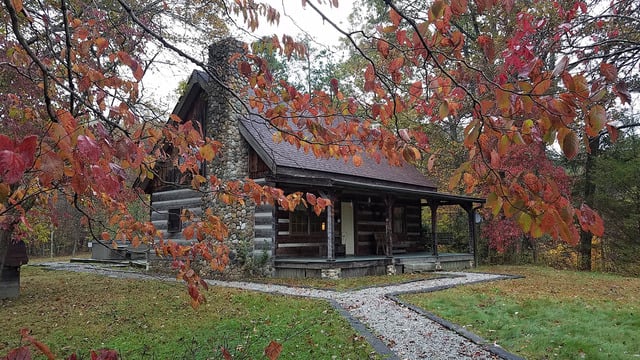ADENA STATE MEMORIAL
Adena was the 5,000 acre estate of Thomas Worthington (1773-1827), sixth governor of Ohio and our state's first United States Senator. The mansion house, completed in 1807, is furnished today with antiques of the federal period, some of which belonged to Thomas Worthington himself. Situated on the 300 remaining acres are five out-buildings and the formal gardens. Looking east from the north lawn, one can see across the Scioto River Valley to the Mount Logan range of hills. This view is depicted on the Great Seal of the State of Ohio.
Adena is an important site for many reasons. It is the only plantation-type complex of its kind in our state. It is one of only three houses designed by Benjamin Latrobe still standing in the U.S. (Latrobe is considered the first professional American architect and served as Jefferson's surveyor of public buildings.) It is an original building, not a reconstruction. It is extremely well documented and that documentation was followed to the letter in the restoration. And, of course, it was the home of the Father of Ohio Statehood, Thomas Worthington, and was thus visited by many of the important political figures of the day.

Cottages and Cabins
Rustic beauty in a peaceful, clean atmosphere is the secret to this Family Retreat. The serene splendor of Mother Nature is your reward for visiting Walnut Creek. We offer cabin rentals for those who want the convenience with less effort.
4.4 miles from park*




